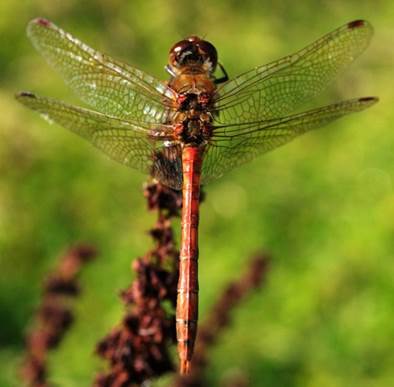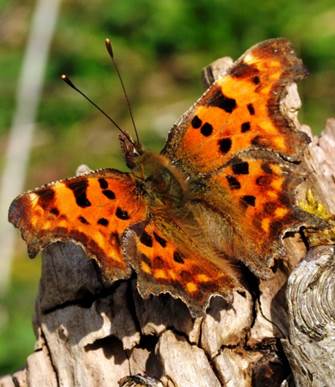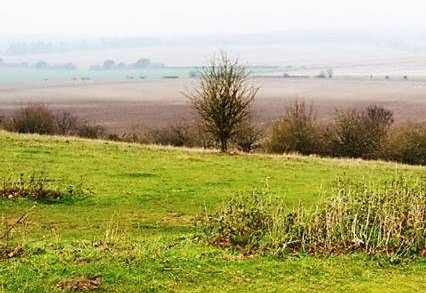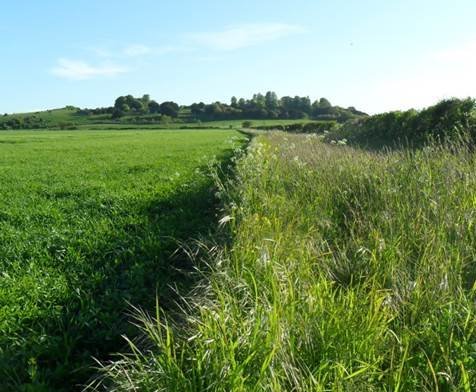How can Agri-Environment Schemes complement Protected Areas?
 Copyright
© 2014 Jamie Alison
Copyright
© 2014 Jamie AlisonDr Simon Duffield, Dr Mike Morecroft,
Prof Rob Marrs, Dr Ilik Saccheri,
Dr Jenny Hodgson
How can Agri-Environment Schemes complement Protected Areas? |
 Copyright
© 2014 Jamie Alison Copyright
© 2014 Jamie Alison |
|
Jamie Alison
(jamie.alison@liverpool.ac.uk),
Dr Simon Duffield, Dr Mike Morecroft, Prof Rob Marrs, Dr Ilik Saccheri, Dr Jenny Hodgson |
 Copyright © 2014 Jamie Alison
Copyright © 2014 Jamie Alison |
This PhD project is based at the University of Liverpool, aiming to answer the following question: Where should we allocate Agri-Environment Schemes to have the greatest benefit for wildlife? We hope our results will help efforts to reverse recent biodiversity declines, whilst saving government money in the process. Please feel free to email me if you would like to know more about our results so far. |
 Copyright © 2014 Jamie Alison
Copyright © 2014 Jamie Alison |
|
Protected Areas and Conservation |
|
 Copyright © 2014 Jamie Alison |
Protected areas cover 12% of the earth's land surface, so they represent a huge investment into conservation by governments and charities worldwide. Further to this, the evidence tells us that they are strongholds for wildlife - 80% of butterfly and dragonfly species prefer habitats in protected areas to those in the surrounding landscape. Although protected areas are important, they are surrounded by land that is intensively farmed. In England we want to work towards a "coherent ecological network"... This basically means we need to not only look after our nature reserves, but try to make the agricultural landscape as wildlife-friendly as possible. |
|
That's where Agri-Environment Schemes (AESs) come in |
|
|
AESs pay around £400 million a year to farmers in England. They offer an incentive to carry out environmentally friendly practices, ranging from leaving field edges uncultivated (pictured) to converting entire arable fields to species rich grassland. The benefits of AESs are very wide ranging, and above all they increase the abundance of plants and insects. However, ecologists have discovered that the benefits of an AES depend on the components of the landscape around it. We don't yet know if it is a good idea to target AESs near to existing protected areas. AESs may be more effective if a large grassland nature reserve is present nearby so that species are able to colonise the newly created habitat. This project aims to make AES allocation more efficient by testing if AESs that are closer to protected areas support greater abundance and diversity of species of conservation concern. |
 Copyright © 2014 Jamie Alison |
|
Field Study of Moths in Hampshire, Summer 2014 |
|||
 Copyright
© 2014 Jamie Alison Copyright
© 2014 Jamie Alison |
 Copyright
© 2014 Jamie Alison Copyright
© 2014 Jamie Alison |
Moth surveys were the perfect way to investigate agri-environment schemes around protected areas - light traps (pictured) can sample huge numbers of moths simultaneously across many sites. Hampshire is a hotspot for moth biodiversity in the UK, and in some areas it comprises islands of protected chalk grassland in an agricultural matrix. For these reasons Hampshire was a great place to carry out this field study. |
|
|
|
|
||
|
Is it worth putting AESs close to protected areas? To answer this question, moth traps were placed on arable fields at a variety of distances from a chalk grassland nature reserve. Some of those fields had undergone agri-environmental management, whilst others had not. Traps were also placed on the nature reserve itself. This setup was repeated across four landscapes in Hampshire.
|
|||
 Copyright © 2014 Jamie Alison |
|||
|
Acknowledgements |
|
|
This ambitious project is still in progress, but one field season has already been completed. This would not have been possible without funding from NERC and Natural England, as well as support from Glynne Evans and the John Spedan Lewis Trust for the Advancement of Natural Sciences. Land managers at the Broughton Down farm, Highclere and Leckford estates have also been very co-operative in allowing surveys to be conducted on their land. |
|
|
Relevant Publication: Gillingham, P. K., Alison, J., Roy, D. B., Fox, R., & Thomas, C. D. (2014). High abundances of species in protected areas in parts of their geographic distributions colonised during a recent period of climatic change. Conservation Letters, Accepted Article. doi:10.1111/conl.12118 |
Jamie Alison Institute of Integrative Biology, University of Liverpool, Crown Street, Liverpool, L69 3BX |
 |
 |